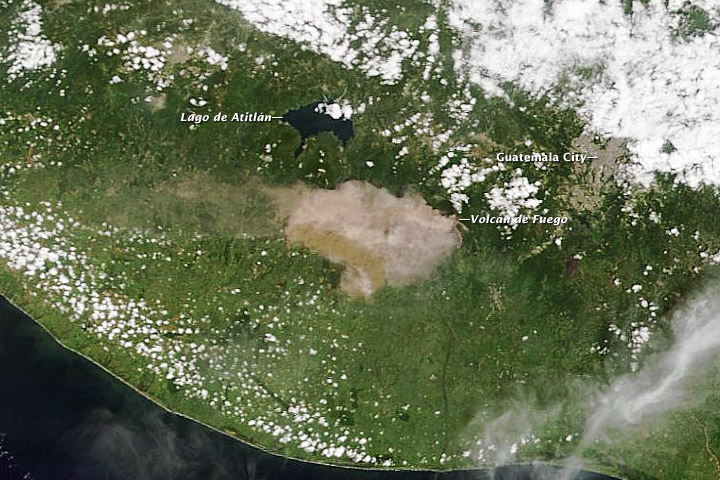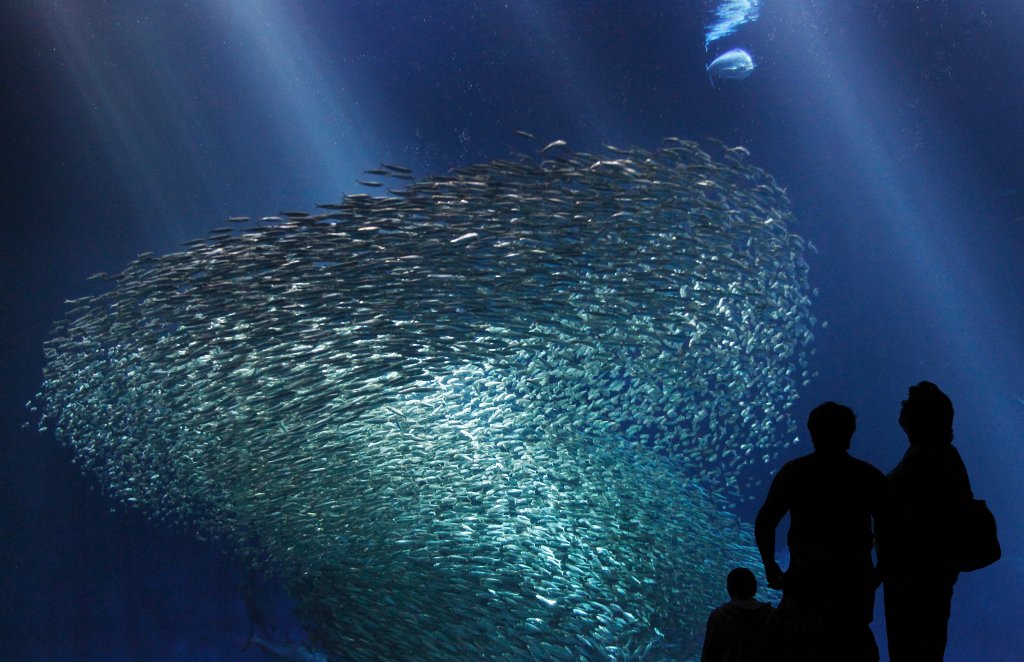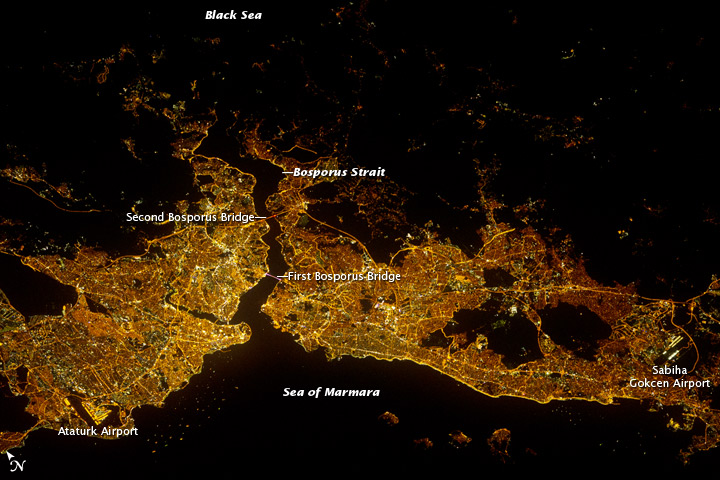
Best Earth Images of the Week - Sept. 14, 2012
Bird's-eye view

When Guatemala's Fuego volcano erupted yesterday afternoon (Sept. 13), a NASA satellite had a bird's-eye view on the spectacle.
The Fuego eruption is causing ash to fall in the surrounding area, prompting evacuation orders for as many as than 33,000 people, according to news reports. It is also spewing lava flows that are traveling up to 2,000 feet (500 meters) down the mountain and creating pyroclastic flows, clouds of flowing hot gas and debris.
[Full Story: Satellite Gets Bird's-Eye Shot of Guatemala Volcano Erupting]
Lookout

Between yesterday and today (Sept. 12 and 13), what was Tropical Storm Sanba exploded in strength to become Super Typhoon Sanba over the western North Pacific Ocean.
NASA's Aqua satellite caught a glimpse of the strengthening storm as it passed over on Sept. 13 at 0447 UTC (12:47 a.m. EDT).
[Full Story: Satellite Gets Bird's-Eye Shot of Guatemala Volcano Erupting]
Peak-a-boo

The San Diego Zoo's panda cub is starting to open his eyes, to adorable effect.
During an exam on Wednesday morning, animal care staff could see the cub's eyes beginning to open, the zoo said in a release. The development is right on track for the 45-day old male cub. It will take about another 20 days for the eyes to be fully open.
[Full Story: Panda Plays Peak-a-Boo During Checkup]
Timid Find

A shy, brightly colored monkey species has been found living in the lush rainforests at the heart of the Democratic Republic of Congo, a find that utterly surprised the researchers who came upon it.
"When I first saw it, I immediately knew it was something new and different I just didn't know how significant it was," said John Hart, a veteran Congo researcher who is scientific director for the Lukuru Wildlife Research Foundation, based in Kinshasa.
[Full Story: New, Colorful Monkey Species Discovered]
Shimmering Crowd

Hovden Cannery in Monterey, Calif., once took Pacific sardines by the thousands and put the silvery fish into tins to be eaten. But the cannery is long gone, and (live) sardines serve a different purpose at the Monterey Bay Aquarium, where the cannery once stood: amazing curious visitors.
This photograph shows a large school of sardines in the aquarium's "Open Sea" exhibit. Sardines school to avoid predators, said curator Paul Clarkson. "It's a safety-in-numbers gambit," he told OurAmazingPlanet. "This makes it harder for a predator to target any single individual."
[Full Story: Cool Photo: A Glistening School of Sardines]
Billowing Mist

If any type of weather is synonymous with San Francisco, it's probably fog.It rolls in off the Pacific Ocean and envelops the city, swathing famous landmarks like the Golden Gate Bridge.
The Advanced Land Imager (ALI) on NASA's Earth Observing-1 (EO-1) satellite caught an overhead view of fog rolling in to the city on Aug. 16.
[Full Story: Satellite Sees Fog Roll Into San Francisco]
Tornado Damage

Homes and trees on Avenue N between E. 93rd Street and E. 94th Street in Brooklyn, NY received severe damage.
[View Images: In Images: New York Tornado Damage]
Get the world’s most fascinating discoveries delivered straight to your inbox.
Shining city

The two halves of bustling city where East meets West shine brightly in a photo taken by an astronaut aboard the International Space Station on Aug. 9.
The Bosporus Strait famously separates the two halves of Istanbul: Its European half lies to the left in the photo and its Asian half to the right.
[Full Story: Istanbul Glows at Night in Astronaut Photo]
 Live Science Plus
Live Science Plus






